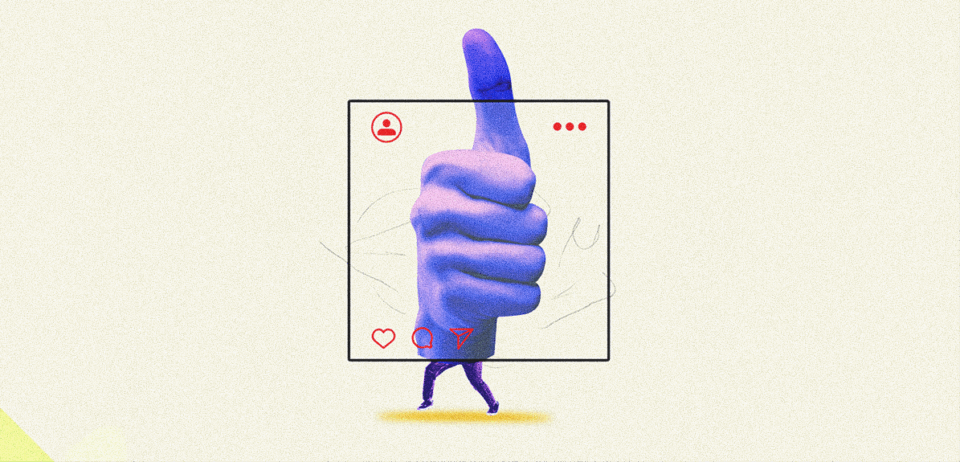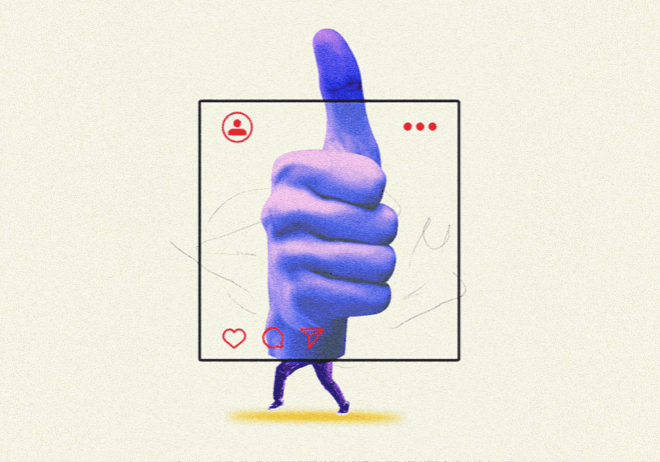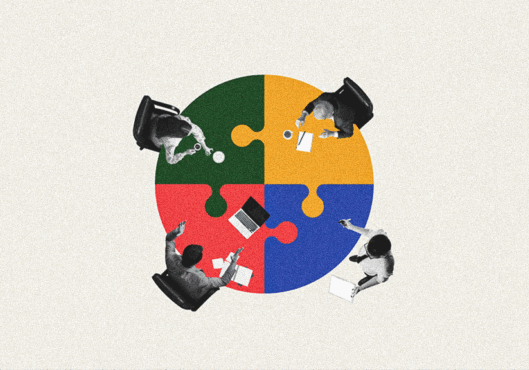
Why B2B Brands Are Betting on Experiences, Not Events
B2B brands have consistently relied upon events and presentations. However, the events and pitches have evolved into experiences and experiential marketing.
In the glory days of Steve Jobs, when he performed rather than just pitched his products to the world, that’s how the world witnessed immersive storytelling in a tech event.
Meanwhile, tech companies are not integrating experiences only for show; the marketing behind the mechanism is something else. B2B brands have realized that buyers don’t want to be told what to do. They want to feel what a solution can do.
Let’s delve into the new world of experiential marketing, where the sales pitch is wrapped in layers of creativity, storytelling, an immersive approach, and the crafting of experiences.
No more brand promises but proofs
Promises do not build big castles and sky-high ceilings. Similar logic applies to brands, especially B2B brands. Buyers seek more than promises from businesses. Nothing could be better than showcasing proof on a larger stage before launching the products to the market.
The dirty secret of most B2B brands is that buyers (especially the younger generation) can’t visualize what the product actually does. Screenshots don’t cut it. Feature lists? Snooze-fest.
Modern tech marketers are leveraging immersion and experiential marketing.
Trust-building process through psychology
Steve Jobs has gone but boy, the standard he set in giving fantastic presentations from a to z while launching through his orator skills and his on-hand experience on tech.
In today’s time, every CEO or founder cannot be a hero. We have Elon Musk as an example of not expecting leaders to take on the hero’s mantle. Trust should be in the name and in the products. So, brands go with psychology.
Embodied persuasion is the reason why immersive demos and simulations have a greater impact than any slide deck. Simply put, people believe what they experience more than what they’re told.
In B2B marketing, this is gold. When decision-makers physically interact with a product—say, by navigating a virtual workspace or testing AI-driven workflows—they’re not just observing utility; they’re feeling it.
That sensation triggers ownership psychology; the subtle “this is ours” effect that marketers have been chasing for decades. It also shrinks uncertainty. A hands-on experience replaces the buyer’s mental “maybe” with a confident “I get this.” Because once a decision-maker has felt how a tool fits into their workflow, logic and ROI drive the buy-in.
Experiential marketing sells certainty, and that’s the most persuasive feeling of all. Besides the feelings and emotions, marketing gains an edge through activation and awareness.
Strategic advantage through a shorter marketing funnel
Traditionally, B2B marketing drags buyers through a long, layered funnel—awareness, consideration, demo, decision, and onboarding.
Experiential marketing flips that model by merging awareness and activation into a single, high-impact encounter. When a prospect steps inside a VR simulation or interacts with a live product environment, they’re simultaneously learning, engaging, and validating value.
It’s an instant demo, proof of concept, and pitch rolled into one. Real-time immersion cuts through skepticism, aligns multiple stakeholders simultaneously, and fast-tracks decision-making. Instead of spending months explaining a solution’s worth, brands let buyers experience it upfront. The result? The sales cycle compresses dramatically.
IBM’s “Think” conference, where B2B buyers experience reality
IBM’s annual Think conference (since 2004) is arguably the blueprint for how experiential marketing can shape enterprise decisions.
What could’ve been a typical tech summit is instead engineered like a sensory playground for CTOs, CIOs, and enterprise buyers. Instead of discussing AI, hybrid cloud, or quantum computing, IBM built sprawling “Think Labs” where attendees could use these technologies in real-time.
That hands-on immersion turns abstract buzzwords into tangible capabilities—and that’s where the persuasion kicks in. The staging itself feels cinematic. It’s not product-first; it’s experience-first. And because enterprise tech can be complicated (to put it mildly), visual storytelling makes the value instantly digestible.
Personalization is where IBM quietly lands the plane. RFID badges and an intelligent event app tailor session suggestions, connect executives with IBM engineers, and continue engagement post-event. It’s a long-tail relationship. That one-on-one continuity is what turns curiosity into contracts.
Most importantly, Think attracts decision-makers who aren’t there to sit through sales decks. They come to touch, play, experiment, and walk away with a real sense of what’s possible.
Payoffs are excellent for developing insights
These immersive events not only come with a sales cycle or awareness but also offer significant payoffs. They generate rich first-party engagement data. Every scan, app use, demo interaction, or session attended creates data about what buyers care about.
Unlike paid campaigns that rely on assumptions, experiential marketing collects intent signals in real time. IBM used RFID tracking to map interest patterns. Meta gathers feedback loops from developer sessions at Meta Connect sessions.
That’s behavioral gold that informs post-event campaigns, content strategy, and product messaging. Marketers can build sharper segmentation and hyper-personalized follow-ups, cutting wasted spending.
Another significant contribution is towards earned media and digital amplification. Every experiential event doubles as content. Demos, reveals, and even mistakes (like Meta’s on-stage glitch) generate buzz, press, and social chatter. You can’t buy that kind of visibility with ads. It’s organic narrative-building; the type that gives your PR team a year’s worth of stories.
The most innovative B2B brands don’t treat experiential marketing as a one-off event—they extend it. Year by year, they come up with new updates and new stories to visualize and imagine. Experiential marketing in B2B isn’t about glitz but about collapsing the distance between brand promise and brand proof.
Cut to the chase
Experiential marketing provides B2B marketing with what it often lacks: immediacy, emotion, and lasting memory. It moves prospects from understanding to advocacy more quickly, replacing explanation with experience, and transforms brand engagement into a living, participatory relationship.

